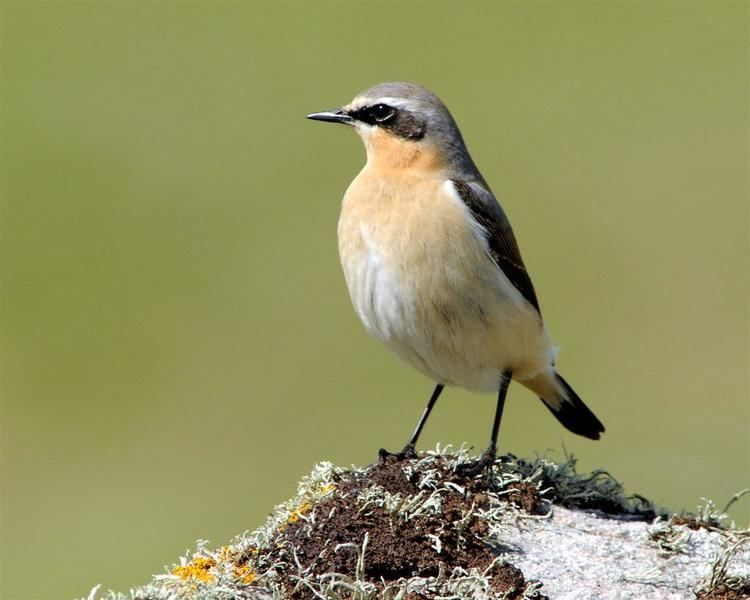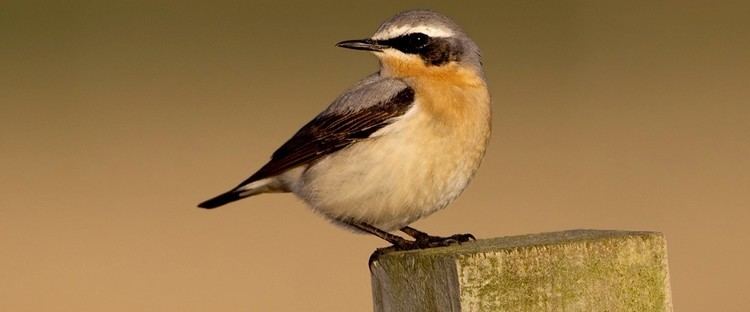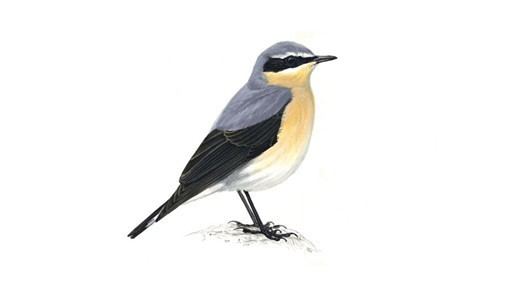Order Passeriformes Scientific name Oenanthe Rank Genus | Phylum Chordata Family Muscicapidae | |
 | ||
Lower classifications | ||
Black eared wheatears oenanthe hispanica
The wheatears /ˈhwiːtɪər/ are passerine birds of the genus Oenanthe. They were formerly considered to be members of the thrush family, Turdidae, but are now more commonly placed in the flycatcher family, Muscicapidae. This is an Old World group, but the northern wheatear has established a foothold in eastern Canada and Greenland and in western Canada and Alaska.
Contents
- Black eared wheatears oenanthe hispanica
- Cyprus wheatears
- Etymology
- Taxonomy
- Description
- Species list
- Behaviour
- Fossil record
- References

Cyprus wheatears
Etymology

The name "wheatear" is not derived from "wheat" or any sense of "ear", but is a folk etymology of "white" and "arse", referring to the prominent white rump found in most species.

The genus name Oenanthe is derived from the Greek oenos (οίνος) "wine" and anthos (ανθός) "flower". It refers to the northern wheatear's return to Greece in the spring just as the grapevines blossom.
Taxonomy

This genus formerly included fewer species. Molecular phylogenetic studies of birds in the Old World flycatcher family Muscicapidae, found that the genus Cercomela was polyphyletic with five species, including the type species C. melanura, phylogenetically nested within the genus Oenanthe. This implied that Cercomela and Oenanthe were synonyms. The type species for Oenanthe, (O. leucopyga, Vieillot, 1816) is earlier than the type for Cercomela (C. melanura, Bonaparte, 1856) and has taxonomic priority making Cercomela a junior synonym.
Description
Most species have characteristic black and white or red and white markings on their rumps or their long tails. Most species are strongly sexually dimorphic; only the male has the striking plumage patterns characteristic of the genus, though the females share the white or red rump patches.
Species list
The genus contains 23 species:
Behaviour
Wheatears are terrestrial insectivorous birds of open, often dry, country. They often nest in rock crevices or disused burrows. Northern species are long-distance migrants, wintering in Africa.
